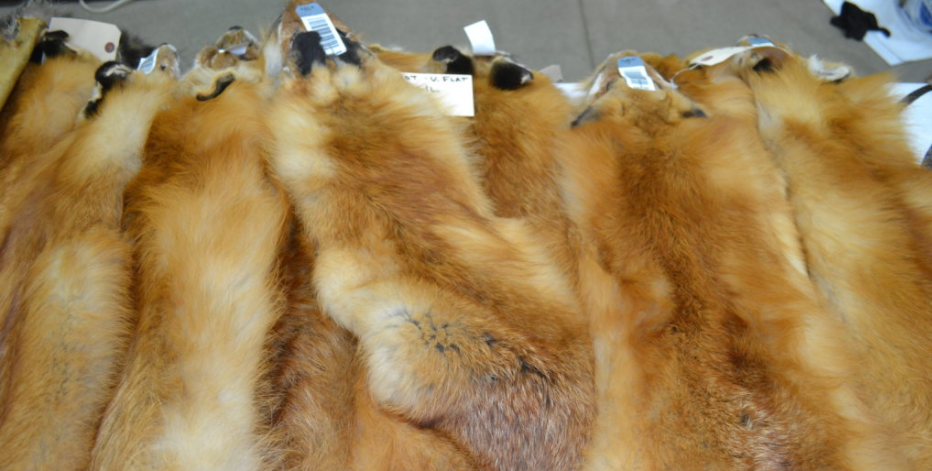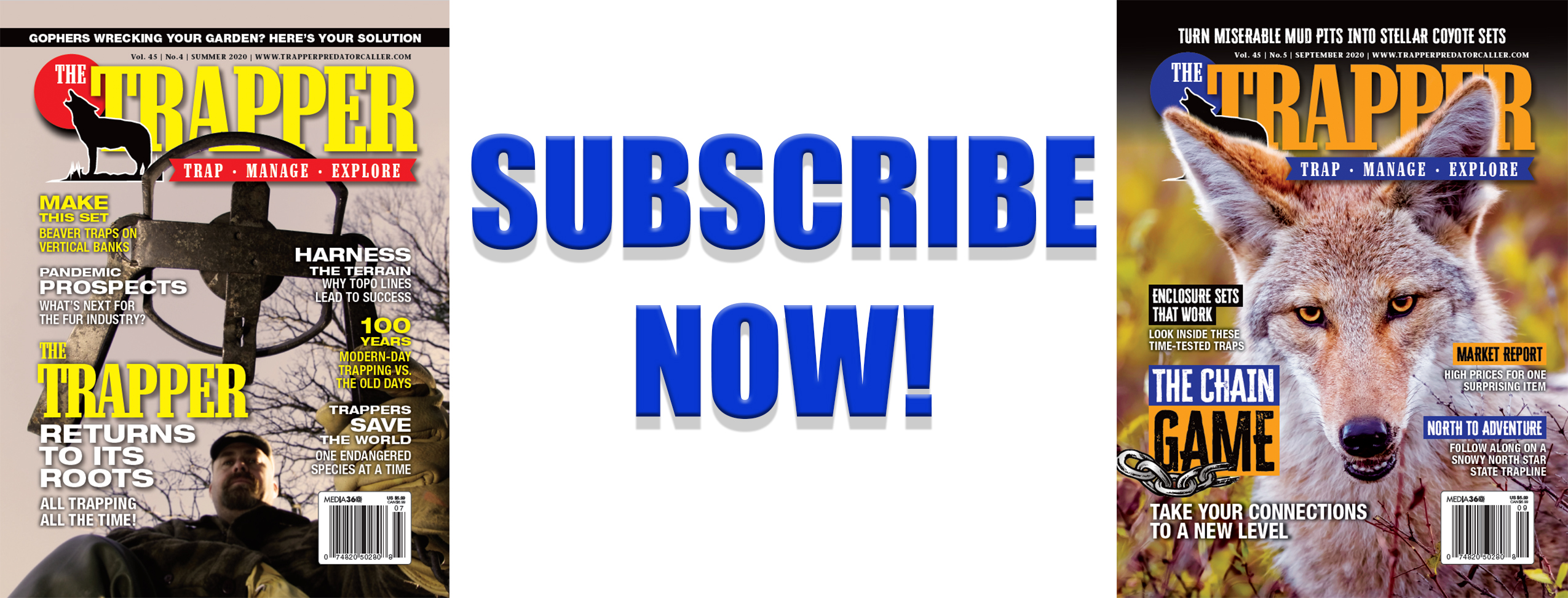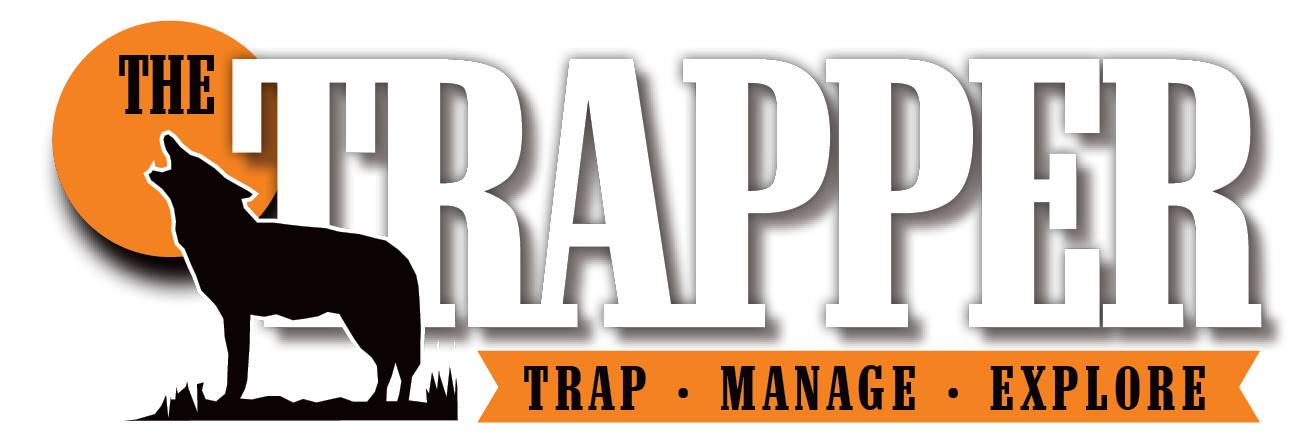By Serge Lariviére
COVID-19 continues to be a worldwide concern and many industries, including our very own fur trade, have been greatly affected. Impacts have been felt at every level of the trade, from the closing of retail stores, slowing down of manufactures, inability of large fur buyers and brokers to travel overseas to purchase raw skins, and even in the fields and woods where some trappers were unable to access their traplines in certain areas because of COVID-19 lockdown measures.
At the end of the 2020-2021 trapping season this past winter, there was little hope of a turnaround in prices. The steady decrease we saw after the record prices of 2013 seemed to be continuing down, and certainly, our trade is still battling some issues, and tough times are still ahead.
With that being said, for the first time in a long time we are showing some positive signs in the market. First, the opening sales of ranch mink held overseas in Finland (Saga Furs) and then in Denmark (Kopenhagen Furs), have both reported price increases in most varieties of ranch mink and high clearance. The ranch mink industry was also hit very hard by COVID-19, with many farms being infected by the virus, which forced many cull-outs. Some of these shutdown operations, leading to mass pelting of the mink, including the breeders. And others were already so far down economically, outside of pelting season, so their mink were simply destroyed.
I take comfort as a trapper and biologist that if I ever slow down trapping or skip a year altogether, animals simply live a normal life until I come back; breeding, raising young and maintaining healthy populations. Nature feeds them, I have no feed bills nor any obligations to tend, nurture, vaccinate or do anything else. Ranchers have both hands in from the moment they decide to get involved, and next year’s business lies in today’s operations. There is simply no such thing as taking time off when you are a mink farmer.
Industry-wise, the mass closing of farms has had tidal wave impacts. Denmark, the largest mink-producing country in the world, is home to the largest auction house of ranch mink, Kopenhagen Furs. With prices declining steadily since 2013 and the COVID-19 pandemic showing infestation of mink farms and health risks to humans, the country decided to get out of the business, which means the shutting down of probably anywhere from one-third to one-half of the mink ranching production worldwide.
Those who had wished that the industry got a good clean up certainly are having their wishes fulfilled, as the industry is now shrinking down rapidly. Currently, the market is still overly swamped with unsold pelts and extra skins coming from the mass-pelting of farms being shut down. Supply is high, but prices have started to turn upward again. Some claim that manufacturers are “loading up” on pelts, knowing that the supply is about to dwindle, while others simply believe that the world has learned how to keep living and doing business with COVID. Either way, prices of ranch mink are on the rise, and this is usually the first step of recovery in our our trade, that of wild furs.
Harvest of wild fur undoubtedly decreased this past season as the pandemic uncertainty slowed down some trappers and low prices failed to generate excitement. In the past few seasons, coyotes, bobcats and castoreum were exceptionally good, and the rest of our products struggled. Even at the beginning of autumn 2020, it was hard to make any predictions, since we had had no official wild fur sale in a long time. This has now changed, and the only remaining auction house of wild fur, Fur Harvesters Auctions, was able to hold an auction sale April 17-20, 2021, in its North Bay, Ontario, Canada location.
The results of that sale are fully detailed on their website (www.furharvesters.com). Although prices did not jump up, at least that sale was conducted and fur was sold. The company is moving toward using photos and short videos to allow international buyers to evaluate skins without having to physically inspect them, which allows them to buy from remote locations. The process may not be what most would like, or what most buyers are used to, but this pandemic adaptation is a step in the right direction, and most importantly for us trappers, it allowed skins to be sold. When skins sells, it keep the industry alive, keeps the major players operating and allows for the trade to maintain its ability to recover. We may need more time, but the worst may very well be behind us now.
As far as sale prices go, the auction produced no surprises. Western coyotes soared high at an average price of $98.52, with Eastern pelts at about half the value. Trim-trade skins still bring top dollars. Western bobcats sold at $197.94 average, and maybe the biggest surprise was the average price of muskrats at $5.12. Muskrats are usually the first item to rise when ranch mink starts rising again, and this is a really good sign for us. Other water species remained very low; wild mink averaging $5.73, otter $16.44 and beaver $14.19. There is still a long way to go to motivate beaver trappers, but at least top-quality castoreum continues to approach the $100 a pound mark.
Raccoons, another item that has suffered since Russia slowed their buying of fur, is still a tough sell at an average price of $8.37. If you trap raccoons, harvest pelts in the top primeness or else your skins may have no significant value. Marten and fisher are also extremely low, with marten hovering near the $40 mark depending on size, and fisher being a real disaster at $16.54 average. Canada lynx averaged $66.84, also not a great price for such a beautiful animal. Many Northern trappers feel that at such prices, lynx, marten and fisher are best left to reproduce and repopulate.
Red fox has been extremely tough to move during the past few years, and prices remain well below the $20 USD mark. At Fur Harvesters, Northern skins brought $16.68 average, while Eastern pelts brought $12.13. Cross and silver foxes being a specialty items, sell more easily and averaged $33 to $35 per skin. Gray foxes were unsold again this season, revealing complete lack of interest for them.
Market recovery will take some time, and as you ponder what to do next season, remember to harvest pelts at maximum maturity. When markets struggle, only the very best skins sell, so time your harvest as best you can. Western coyotes will remain hot, and at $5 apiece, muskrats are well worth chasing if you have them in big numbers. Have fun, catch fur when it is prime, and stay safe — we need trappers in the field catching fur when this crazy pandemic will be gone!



